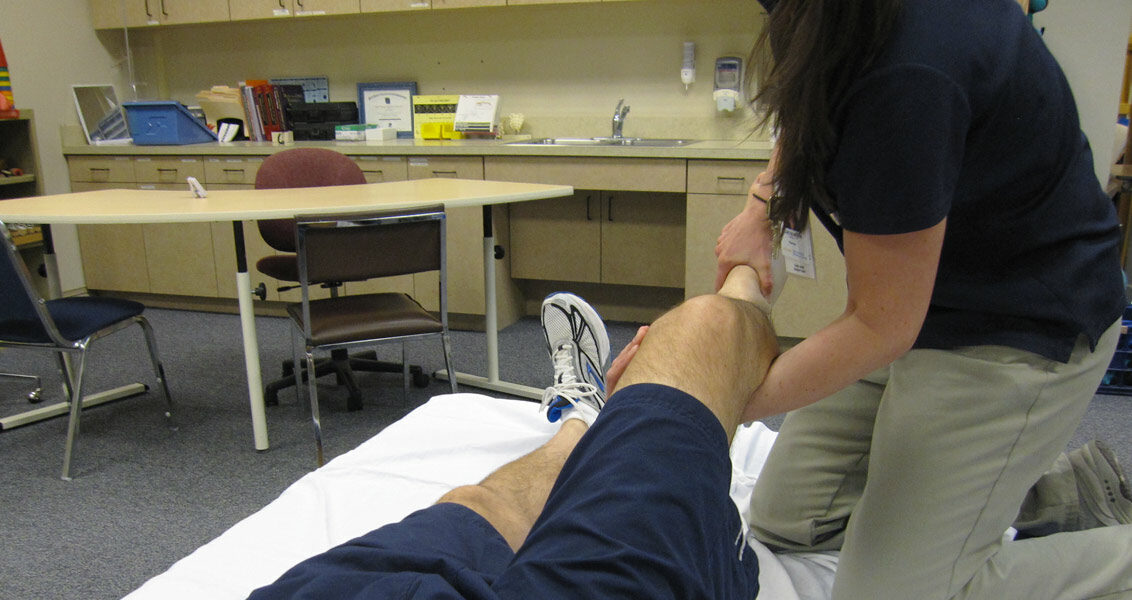
When you’re in pain, you go see a doctor—amirite? The doc may prescribe medication or, depending on your specific diagnosis, he or she might recommend surgery as a means of achieving total pain relief. But did you know there’s another option—one that doesn’t involve drugs or scalpels?
This is where physical therapy—commonly called PT, comes in. Whether you’re injured, in pain, or struggling with your day-to-day activities, physical therapy can help. Whether you receive it in conjunction with other medical care or on its own, physical therapy for wellness and rehabilitation is appropriate for people of all ages—even babies.
Physical therapy is a type of health care focused on rehabilitation. It can eliminate your pain, improve your quality of life, and help you gain mobility and functional ability through exercise, education, and other specialized techniques.
In addition to attending in-office appointments where your physical therapist will educate you on your particular issue and show you how to complete your prescribed exercises, you’ll leave each visit with some homework—also known as a home exercise program. Your physical therapist will design the home exercise program to meet your individual needs so you can regain full musculoskeletal mobility and strength and lessen or eliminate pain.
During PT, you may find yourself “chilin’ out maxin’ relaxin’ all cool” with ice therapy. You also may complete stretches and exercises, and the therapist may provide manual therapy, which can include manipulation, and massage. Over the course of your therapy, you will get to know your therapist—as well as the front office staff, assistants, athletic trainers, and students in the clinic—very well. This whole team works together on one goal: getting you better.
If you think the only answer to pain is medication or surgery, physical therapy might be just what the doctor ordered.
How has physical therapy helped you? Comment below to join the conversation.


